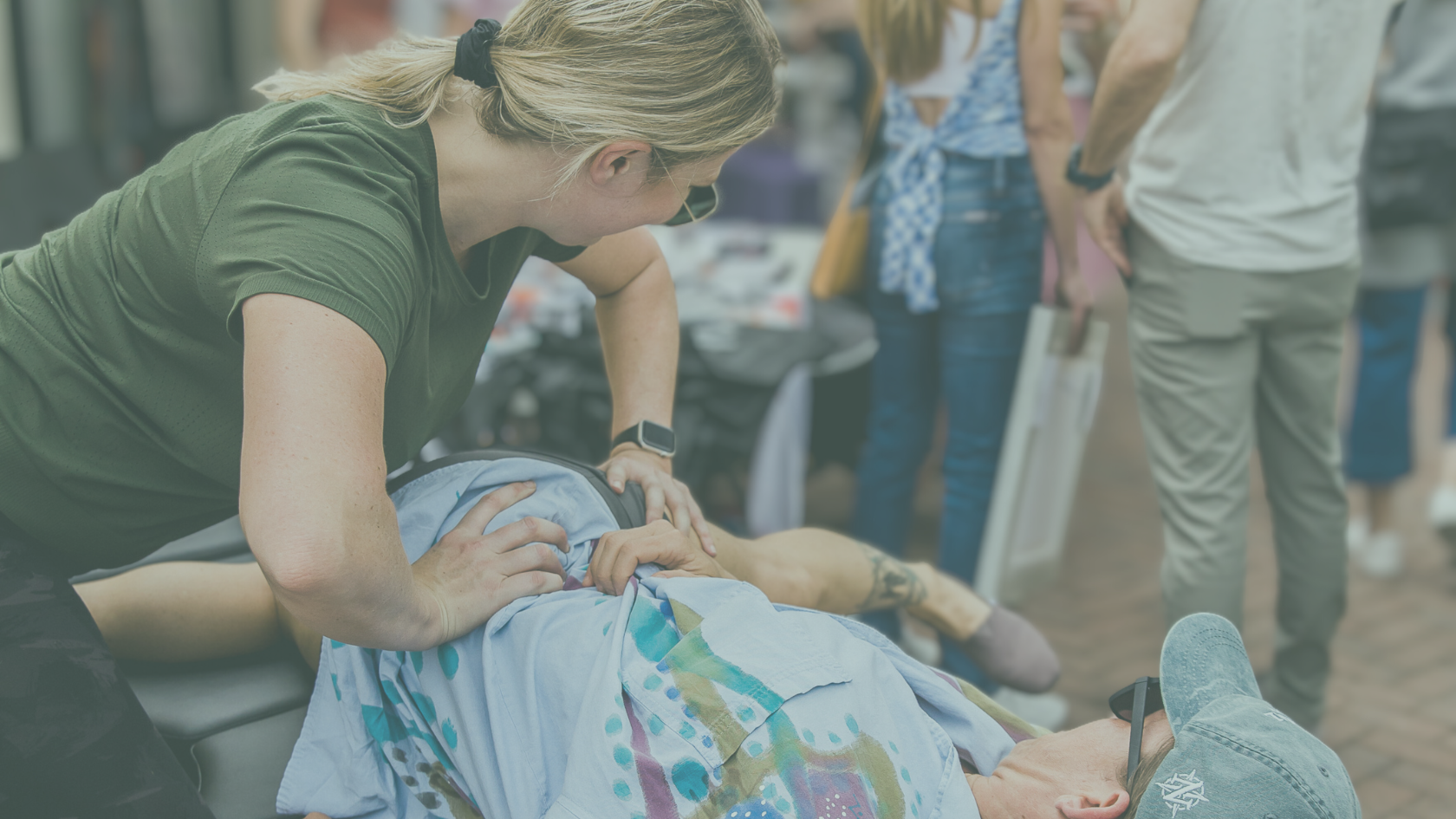Low Back Pain in Sarasota: Understanding Radicular Pain and How to Fix It
Low back pain is one of the most common reasons people seek chiropractic care, and it’s also one of the most frustrating conditions for athletes and active adults. In Sarasota, we see it often in tennis, pickleball, golf, and gym-goers who load their spines daily.
But here’s the important distinction: not all back pain is the same. Some pain stays localized, while other times it radiates into the hips, glutes, or even down the leg. That’s known as radicular low back pain (often called sciatica), and it has specific causes and solutions.
At Well Co Chiropractic, we specialize in treating both standard low back pain and radicular symptoms with Active Release Technique (ART) and customized rehab, so you can get back to moving without fear of reinjury.
What Is Radicular Low Back Pain?
Radicular pain happens when a nerve root in the spine gets irritated or compressed. This is often from a disc herniation or bulge that places pressure on the nerve.
Common symptoms include:
Pain radiating from the low back into the leg
Tingling, numbness, or weakness
Pain that worsens with spinal flexion or compression
Sometimes absent reflexes in the ankle or knee
How Common Is It?
63–72% of patients with radicular pain experience tingling (paresthesia).
35% report pain radiating down the leg.
27% experience numbness, and 37% have muscle weakness.
Disc herniation is the most common cause, but it accounts for less than 5% of all acute low back pain in the general population.
What the Research Says About Recovery
Most disc herniations improve naturally over time: 96% of sequestrated discs and 70% of extruded discs reduce in size without surgery.
Strength training reduces low back pain and lowers recurrence rates, especially when combined with proper movement progressions.
Modifying exercises (trap bar instead of conventional deadlift, rack pulls instead of floor pulls) can reduce stress while maintaining training.
How We Treat Low Back Pain at Well Co Chiropractic
Our approach blends hands-on therapy with active rehab:
Active Release Technique (ART): Reduces scar tissue and restores mobility in overloaded muscles (lumbar spine, hips, glutes, hamstrings).
we assess the ligaments, tendons, muscles and joints in the low back. Sometimes there are obvious offenders such as disc herniations, which can affect the low back and go down the leg and may require a longer treatment plan to help the body heal the disc that is affecting the lower body. Or there are more tiny issues, such as a smaller muscle - called the Multifidus muscle which is the deepest most inner muscle and controls all movement of the spine.
Chiropractic Adjustments & Flexion Distraction: We also use a Flexion Distraction table to help stretch the lumbar erectors muscles along the spine and to help with disc health.
Rehab progression: From pain-free substitutions → strength → progressive overload → return to full activity.
Neural mobility work: Specific glides and stretches to reduce nerve tension.
Sport-specific retraining: Pickleball, tennis, running, or weightlifting modifications to keep you in the game.
Additionally, exercise is truly the best medicine. Guided movements and exercise help both acute and chronic patients. We can guide you through movements that strengthen your core, pelvic floor, glute muscles, and general compound movements.
Risk Factors for Low Back Pain
Many cases of low back pain are multifactorial - not just one bad lift or sudden injury. Contributing factors include:
Rapid increases in training volume (too much, too soon)
Poor recovery (lack of sleep, stress, or nutrition)
Inconsistent training or poor movement technique
High spinal loading from squats, deadlifts, or explosive lifts
Things to note with low back pain:
You need to see a healthcare professional if you experience bowel or bladder problems, numbness or tingling down the feet, and weakness through your legs and feet corresponding with your low back pain. If you find that you cannot hold your bladder, please seek a healthcare professional as soon as possible.
Don’t Let Back Pain Keep You Out of the Game
Whether you’re training at the gym, running on the Legacy Trail, or playing pickleball in Sarasota, low back pain doesn’t have to control your life.
At Well Co Chiropractic, we combine Active Release and research-backed rehab to help you recover quickly, build resilience, and prevent flare-ups.
References
Dydyk AM, Khan MZ, Singh P. Radicular Back Pain. StatPearls, 2022.
Hayden JA, et al. Exercise Therapy for Chronic Low Back Pain. Cochrane Database Syst Rev. 2021.
Owen PJ, et al. Exercise Training Modes for Low Back Pain: Network Meta-Analysis. Br J Sports Med. 2020.
Nagore A, et al. Active Release Technique for Overuse Injuries. Cureus. 2023.




